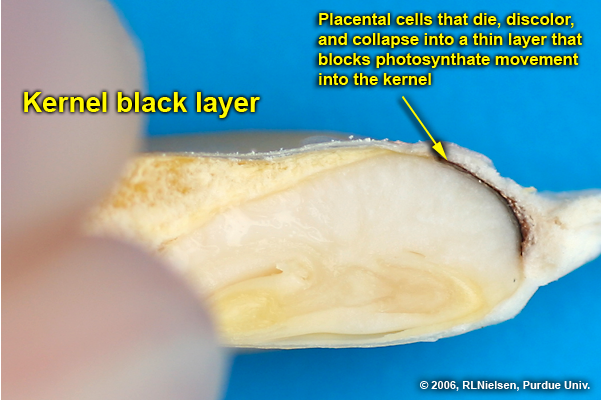
Forecasts for freezing or near-freezing temperatures when late-planted fields of corn are not yet mature (i.e., not yet at kernel black layer) are naturally concerning to farmers and the grain markets.

Forecasts for freezing or near-freezing temperatures when late-planted fields of corn are not yet mature (i.e., not yet at kernel black layer) are naturally concerning to farmers and the grain markets.

Fall is finally here and temperatures are starting to decline. It has been a typical fall, though with above normal temperatures one day with noticeably cooler temperatures the next.

The last two weeks have shown an increase in samples for stalk rots and ear rots/moldy grain at the Purdue Plant and Pest Diagnostic Laboratory, which is signaling that fields are in the middle of or nearing the end of harvest. Dr. Darcy Telenko has provided two great resources (Stalk Rots Getting You Down? & Ear and Stalk Rots) to help in identifying stalk rot diseases and how to manage them. Determining the type of pathogen is paramount in determining your management options, such as selecting hybrids with resistance to a particular pathogen, determining if/what pesticides will protect your crop, and what cultural practices will help mitigate the damage done (if only for future years). Multiple corn leaf spot or root rot pathogens also infect the stalk and/or ear. Other ear rots can move in due to insect feeding, exposed ear tips subject to the environment, or rain getting underneath[Read More…]
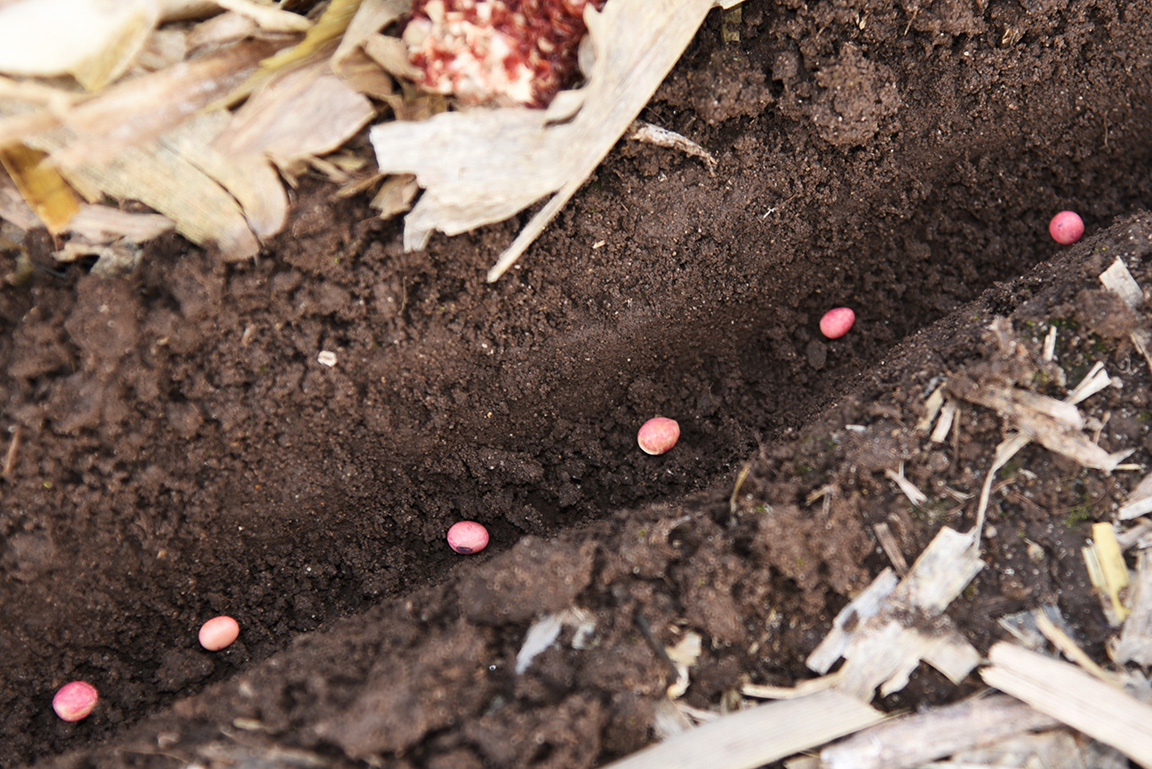
As we close out a difficult 2019 growing season, growers turn their attention to seed orders for 2020.
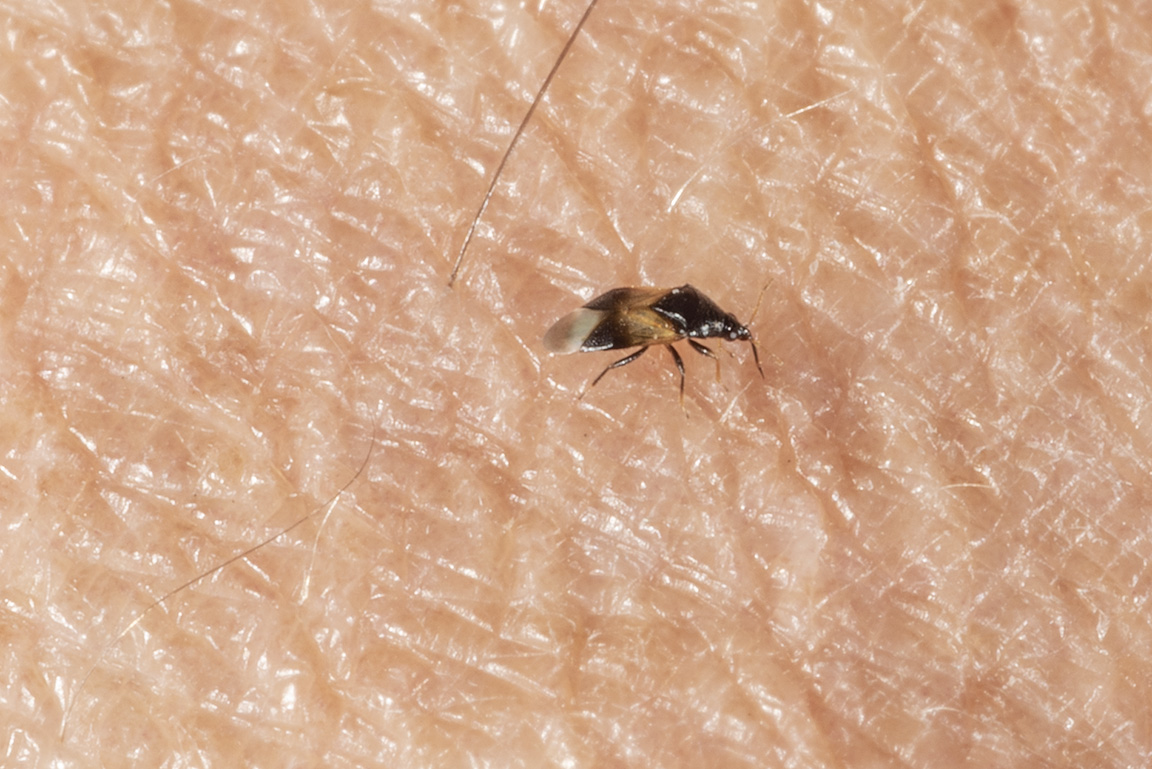
If out in the fields, or around the yard, during these beautiful fall afternoons, you may have experienced very unpleasant bites on exposed skin. The big surprise is how tiny these black bugs are, barely visible without magnification.

The occurrence of severe photosynthetic stress (severe drought, extreme heat, severe nutrient deficiency, severe foliar disease) during or shortly after pollination in corn often results in poorly filled ears due to incomplete pollination or abortion of young kernels.
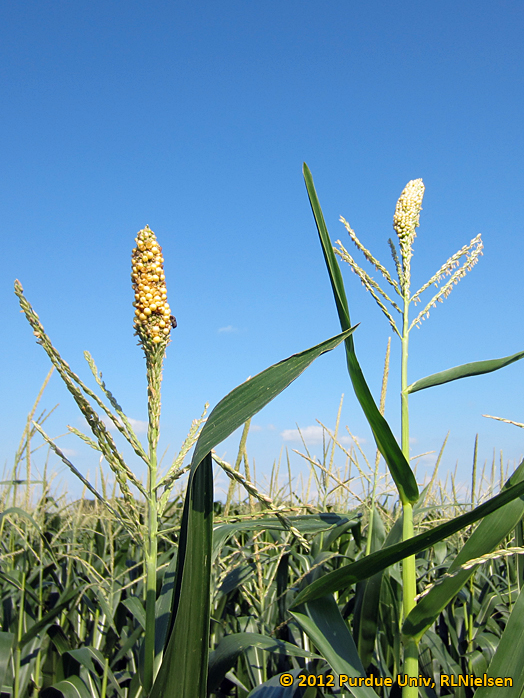
Seems like every year some fellow walks into the Chat ‘n Chew Cafe carrying an odd-looking tassel that is part tassel and part ear to show off to the guys over at the corner table.
The following is a link to a simple, short online survey.
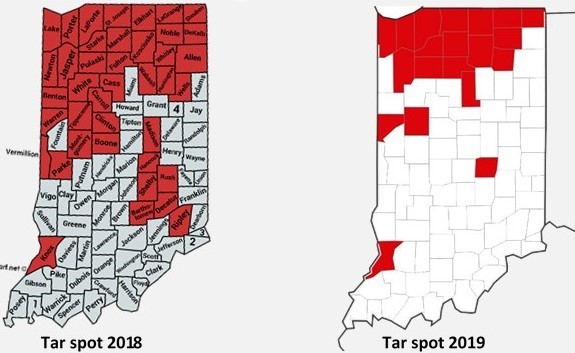
Tar spot of corn has been a concern this season after the localized epidemics we experienced last year in Indiana.

Areas of Indiana have been exceptionally dry since early July.
© 2025 Purdue University | An equal access/equal opportunity university | Copyright Complaints | Maintained by Pest&Crop newsletter
If you have trouble accessing this page because of a disability, please contact Pest&Crop newsletter at luck@purdue.edu.